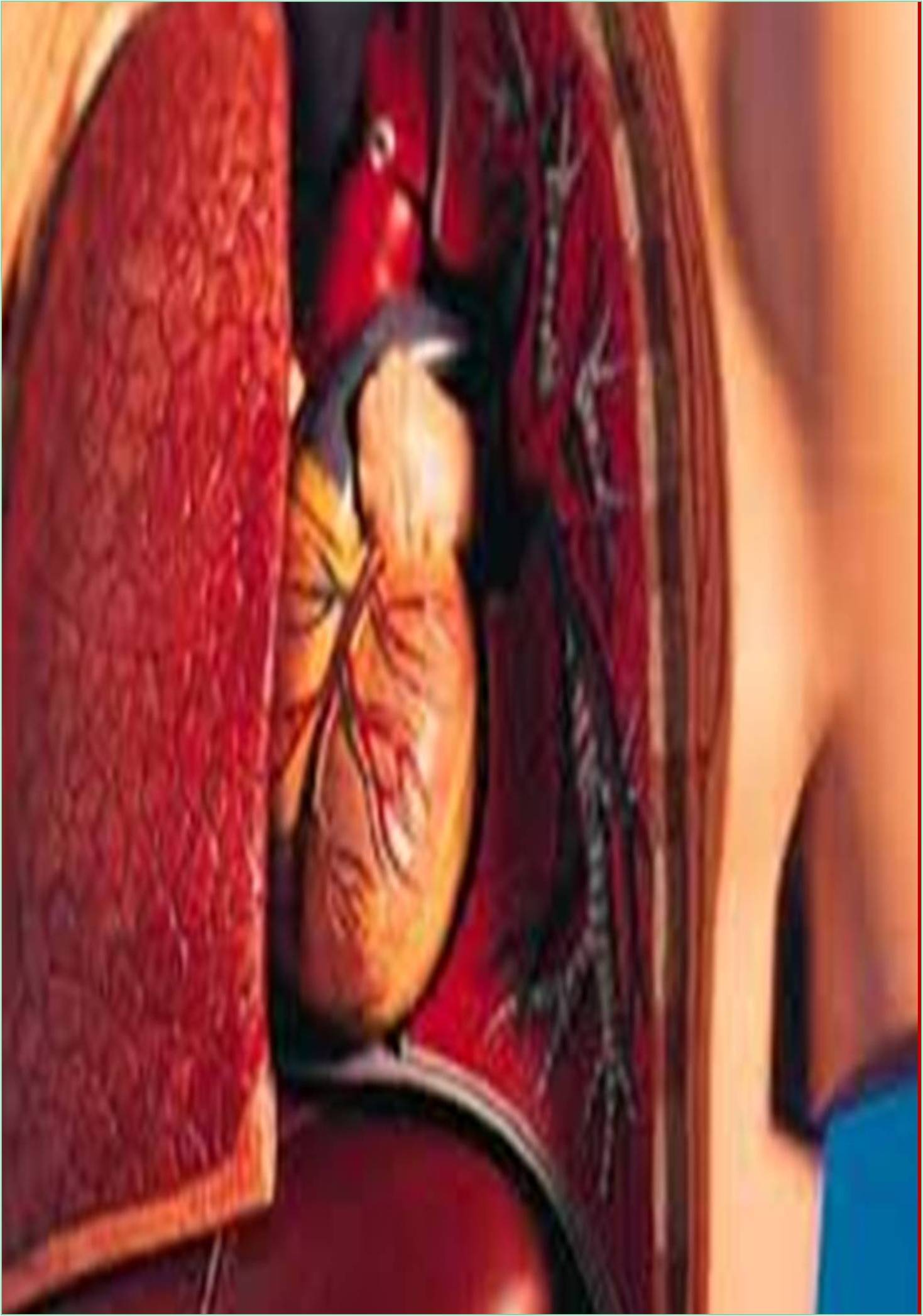



Received: 28-Nov-2022, Manuscript No. GJGC-22-83787; Editor assigned: 30-Nov-2022, Pre QC No. GJGC-22-83787 (PQ); Reviewed: 14-Dec-2022, QC No. GJGC-22-83787; Revised: 21-Dec-2022, Manuscript No. GJGC-22-83787 (R); Published: 28-Dec-2022, DOI: 10.15651/GJGC.22.10.014
Second-degree Atrioventricular (AV) block, also known as second-degree heart block, is a cardiac conduction system illness in which atrial impulse transmission through the atrioventricular node and/or His bundle is delayed or stopped. Patients with second-degree AV block may be asymptomatic or exhibit symptoms such as dizziness and syncope. There are two types of second-degree heart block: Type I and Type II. Second-degree heart block occurs when impulses are intermittently blocked.
Type I is also referred to as Mobitz Type I or Wenckebach AV Block. This is a less severe version of second-degree heart block. The electrical transmission becomes slower until the heart misses a beat. Mobitz Type II is another name for Type II. While most electrical signals reach the ventricles on occurance, some do not, causing the heart beat to become erratic and slower than usual.
A second-degree heart block causes a slower and occasionally erratic heartbeat. Some heartbeats are interrupted because not all signals reach the ventricles. Second-degree AV block (II) is typically caused by a problem with the distal conduction system in the ventricular region of the heart. The ECG QRS will most likely be broad because the mass occurs in the His bundle or bundle branch and conduction through the ventricles is delayed. Second degree heart block symptoms include dizziness, fainting, feeling the heart stop for a moment, shortness of breath, nausea, and severe exhaustion (fatigue). Mobitz type II AV block has the potential to evolve to total heart block, raising the risk of mortality. A type II AV block is a momentary total breakdown of the conduction system below the His bundle level. This signifies that the bundle's left and right branches do not conduct electrical impulses. Second-degree heart block can evolve to a more serious type of heart block. This can result in a loss of consciousness or a heart arrest.
It can develop as a result of multiplied vagal tone. Vagal fibers innervate the AV node extensively. As a result, amplified vagal tone usually results in a type I rather than a type II second-diploma AV block. Chronic breathing issue is a common cause of second-degree AV block in dogs due to increased vagal tone. Digitalis is an example of a medication that can cause second-degree AV block, primarily via increasing vagal tone. Other medications that may cause second-degree AV block via vagal stimulation include xylazine and intravenous atropine. The increase in vagal tone with intravenous atropine occurs earlier than the decrease in vagal tone and is transitory. Conduction machine dysfunction can also induce second-degree AV block.
Myocardial infarction is the most prevalent cause of heart blockage. The heart valve disorders and structural heart abnormalities are some of the other causes. Heart block can also be induced by injury to the heart during open-heart surgery, as a side effect of some drugs, or as a result of toxicity exposure. Another possible factor includes heredity risk factors with a congenital cardiac defect. They suffer from a cardiac problem, such as rheumatic heart disease or sarcoidosis. The vague nerve is hyperactive (heart beat slows). By taking medications will inhibits the conduction of electrical impulses from the heart, such as beta blockers, calcium channel blockers, and digoxin, as well as blood pressure medications, antiarrhythmics, and muscle relaxants.
Many known cardiovascular risk factors and diseases are related with atrioventricular block. Common, easily measured, and modifiable risk variables for high systolic blood pressure and greater fasting blood glucose were found to be independently linked with AV block in this study. Together, these two immediately adjustable variables could account for more than half of the AV blocks in the community. Treatment of hypertension and maintaining normal blood glucose levels may be effective treatments for preventing AV blockage.